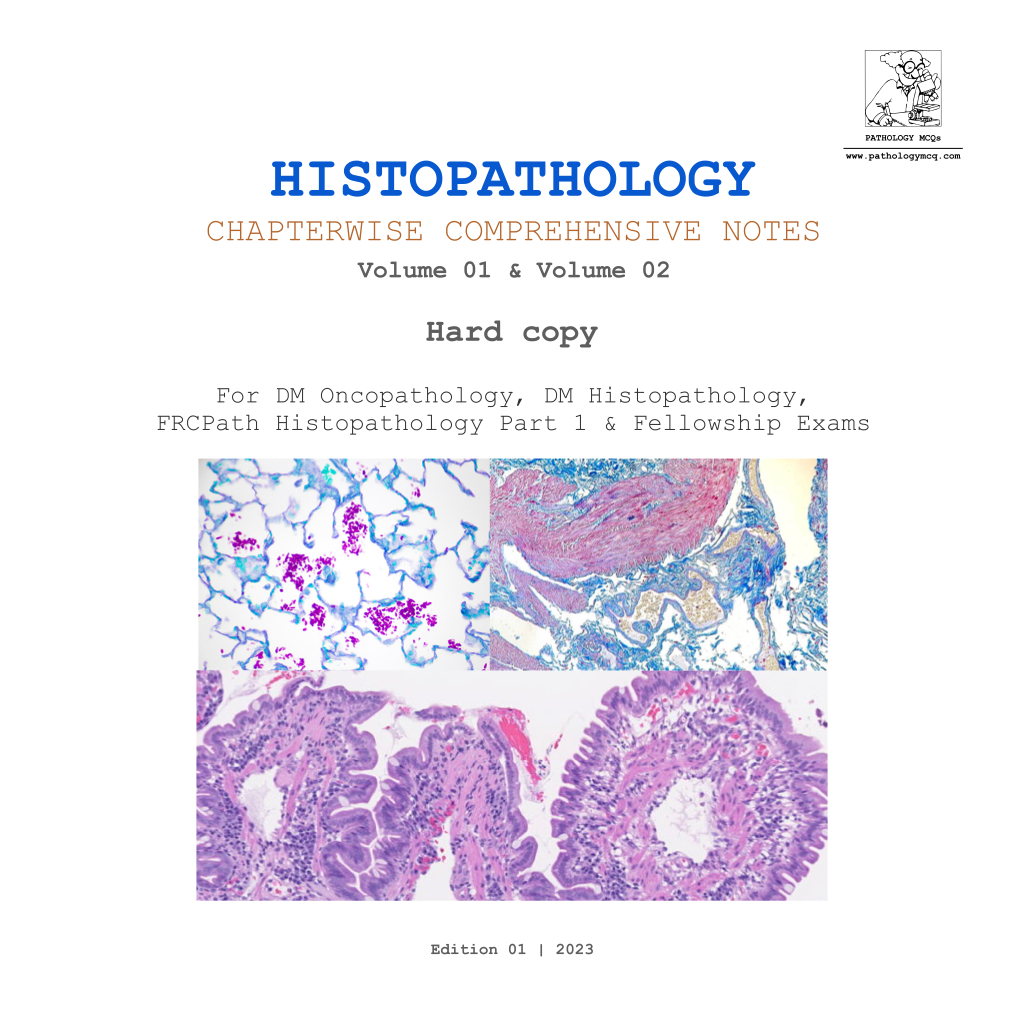Your cart is currently empty!

Time is Up!
Published by
on
I wish to get more varieties of questions.
Noted!
i am very interested to gain more tissue processing
We shall add some more in the future. Thanks for the suggestion
to get more mcqs regarding the fixatives and tissue processing
We shall add some more in the future. Thanks for the suggestion
Types of fixation tissue
Excellent Questions!



You cannot copy content of this page
Leave a Reply